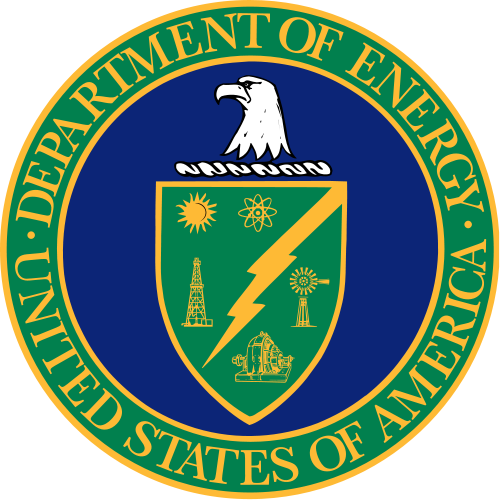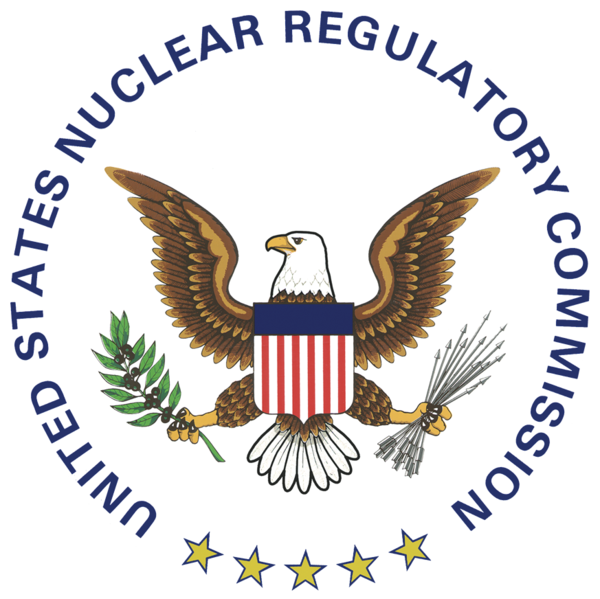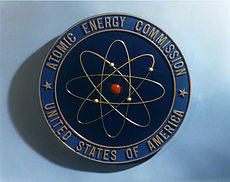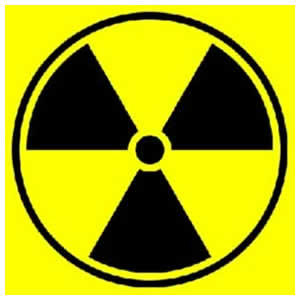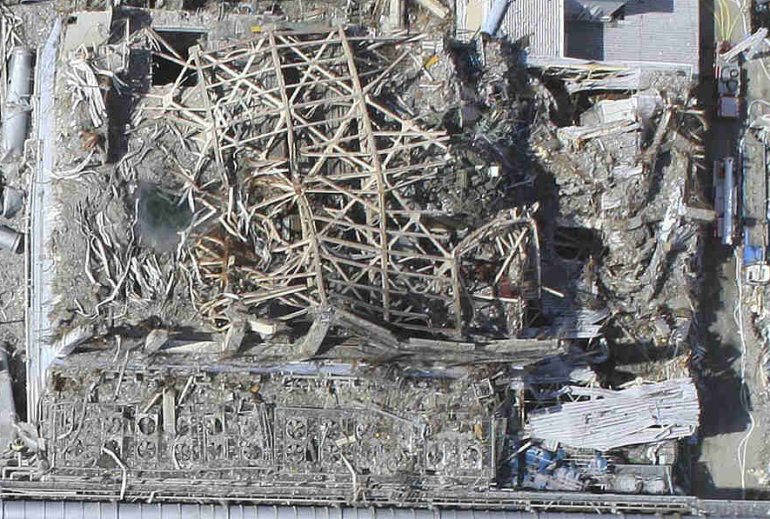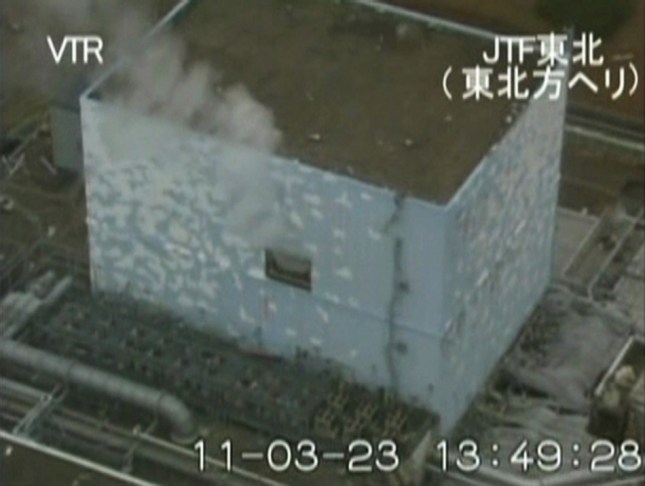The International Atomic Energy Agency (IAEA) was established in 1957 as part of the United Nations to “promote safe, secure and peaceful use of nuclear technology” among member nations. World concern was growing in the early 1950s over the discovery of nuclear energy which could be used as a peaceful source of energy or as a terrible weapon. U.S. President Dwight Eisenhower gave his famous “Atoms for Peace” address at the UN in 1953 which inspired the creation of the IAEA.
According to the mission statement, the “IAEA is :
- is an independent intergovernmental, science and technology-based organization, in the United Nations family, that serves as the global focal point for nuclear cooperation;
- assists its Member States, in the context of social and economic goals, in planning for and using nuclear science and technology for various peaceful purposes, including the generation of electricity, and facilitates the transfer of such technology and knowledge in a sustainable manner to developing Member States;
- develops nuclear safety standards and, based on these standards, promotes the achievement and maintenance of high levels of safety in applications of nuclear energy, as well as the protection of human health and the environment against ionizing radiation;
- verifies through its inspection system that States comply with their commitments, under the Non-Proliferation Treaty and other non-proliferation agreements, to use nuclear material and facilities only for peaceful purposes.”
The IAEA is the primary intergovernmental nuclear power agency in the world. It has a board of governors and representatives from member states. Conferences are held to determine policies for the organization. The IAEA is composed of the several departments to deal with different aspects of nuclear energy.
The Department of Nuclear Energy is involved with nuclear power engineering, nuclear power technology development, nuclear power infrastructure, nuclear fuel cycles and waste technology, research reactors, nuclear power planning and economic studies, international nuclear information systems and nuclear knowledge management.
The Nuclear Safety and Security department is concerned with a nuclear safety and security framework, safety and security technical issues, services for member states, publications, standards and guidelines, conventions and codes, conferences, and training and special projects.
The Nuclear Sciences and Applications department deals with nuclear issues involving food and agriculture, human health, cancer therapies, the environment, water resources, radioisotope production and radiation technology and nuclear science in general.
The Safeguards department was established to provide a nuclear safeguards legal framework including legal treaties and agreements, resources for states, publications including texts of safeguard agreements and protocols, status updates on agreements and protocols, analysis tools, and a forum for discussion of related topics.
The Technical Cooperation department covers nuclear technical cooperation history, policy context, relationships with the United Nations, programs, frameworks for cooperation, regional breakdown of cooperation, publications and online tools for the technical cooperation community.
In addition to these departments, the IAEA also provides a new center with top stories and features related to nuclear issues, press releases, multimedia presentations and the IAEA bulletin. An archive of documents includes annual reports, information circulars, treaties and conventions, standards and guidelines, legal agreements and protocols for safeguards.
After the Fukushima nuclear accident, the IAEA’s response was criticized as being “sluggish and confusing.” Nuclear experts state that the IAEA has a complicated mandate and is constrained by its member states who do not have to follow IAEA safety standards. These problems will make reforms difficult. Calls have been made to change the mandate of the IAEA to make so it can do a better job of policing nuclear power plants across the globe.


